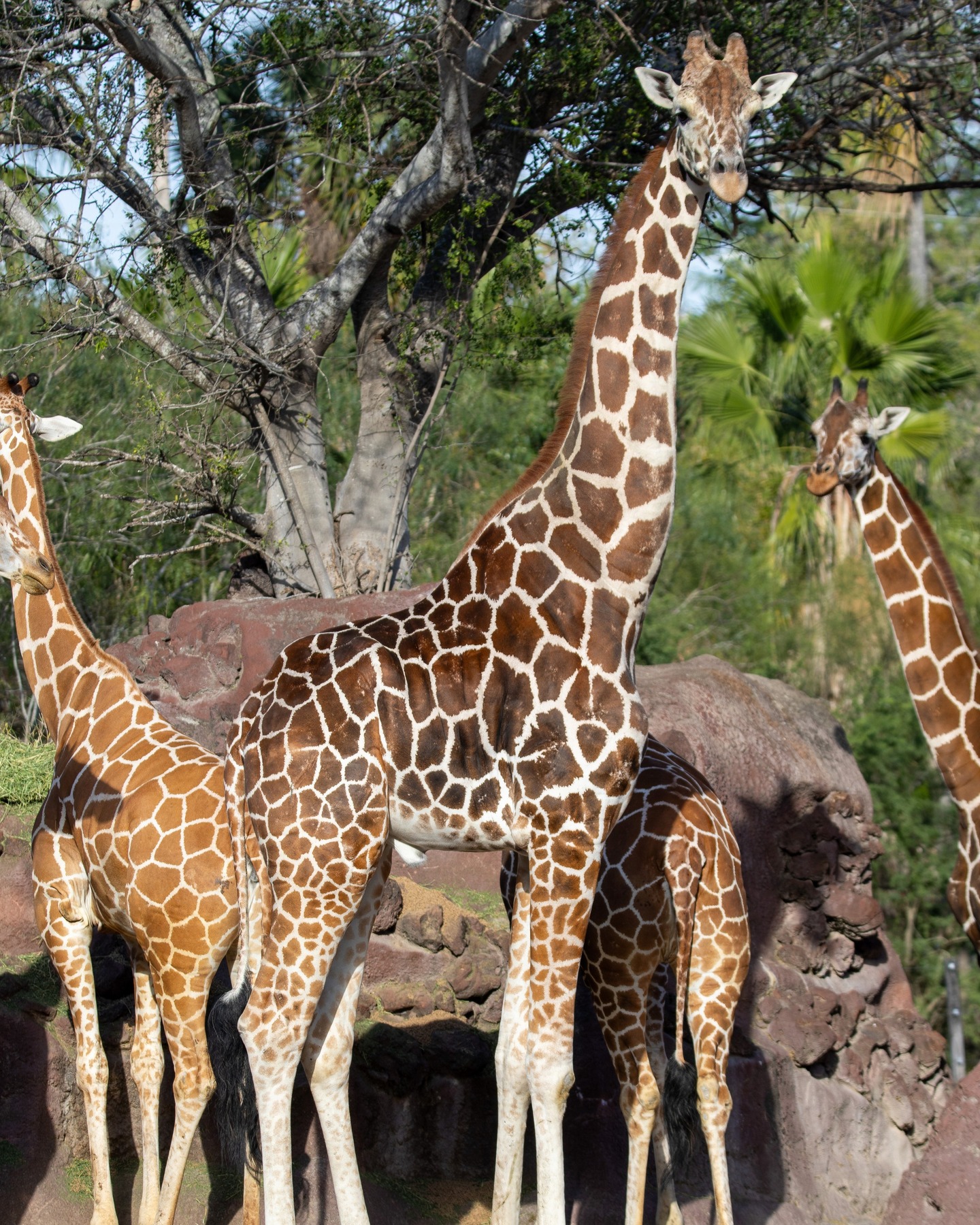- The sad passing of Malcolm, the massive male giraffe at Gladys Porter Zoo, underscores the challenges faced by zoo management and wildlife healthcare professionals.
- Examining the role of zoos like Gladys Porter Zoo in wildlife conservation and the ethical considerations involved in animal care.
- Understanding the specific healthcare needs of giraffes in captivity and the complexities in managing injury and illness among such large and unique animals.
- Exploring how zoos balance educational objectives and conservation efforts, highlighting the impact of losing such an iconic animal as Malcolm on educational programs.
- Discussing how zoos communicate with the public in times of loss and the strategies used to foster understanding and support for their work.
The passing of Malcolm, the giant male giraffe at Gladys Porter Zoo, is a poignant reminder of the intricate responsibilities managed by zoo professionals. Malcolm sustained a critical injury, leaving caretakers and veterinary staff with no choice but to humanely euthanize him after exhausting all possible treatments. This decision marks another moment in the ongoing story of balancing the delicate act of caring for exotic wildlife within the controlled confines of a zoo, spotlighting the challenges that come with it.
Zoos such as the Gladys Porter Zoo serve as both sanctuaries for endangered species and educational resources for the public. These institutions often find themselves at the intersection of conservation efforts and ethical animal treatment. In particular, staff members must consider how to provide the best possible care for animals while fulfilling the zoo’s mission – fostering appreciation and understanding of all animal life. Malcolm’s presence significantly contributed to these goals, and losing him underlines the constant challenges faced by zoo management in pursuing these ideals.
Giraffes are among the tallest land mammals and have specific healthcare needs. Managing the health of these massive creatures in captivity requires specialized knowledge and resources. Malcolm’s injury exemplifies the complexities involved in treating large animals, where traditional methods may not be applicable. Veterinary staff face unique hurdles, such as creating suitable facilities, understanding giraffe-specific behavior, and dealing with the limitations inherent in treating such physically imposing animals. The physical demands and the sheer size of giraffes can complicate even routine medical procedures, underscoring why achieving successful outcomes often requires a team of dedicated specialists.
The Gladys Porter Zoo, like many others, works tirelessly to balance its role as a conservation center and educational institution. Zoos are vital in preserving species that might otherwise face extinction, focusing on breeding programs and habitat conservation initiatives. Educating the public about giraffes and other endangered species remains central to the zoo’s mission. Thus, the loss of Malcolm impacts these educational endeavors. Visitors attracted to the zoo for a chance to observe such majestic creatures firsthand miss out on those opportunities, which are integral to fostering a connection with and understanding of wildlife.
When a zoo faces the loss of a prominent animal, clear communication with the public becomes essential. It’s crucial for such institutions to relay not just the facts of the incident, but also the emotional and scientific context. This fosters a deeper understanding and support for the zoo’s mission among visitors and supporters. In Malcolm’s case, the staff communicated transparently, sharing the details of his injury and the valiant efforts made to save him, providing insight into the compassionate and professional nature of zoo operations.
Managing both the emotional and logistical aspects of an animal’s death involves considerable effort. Institutions like the Gladys Porter Zoo rely on public understanding and involvement to continue their mission of conservation and education. By sharing the reality of the work involved in caring for such magnificent creatures, zoos offer a clearer picture of the dedication inherent in upholding their educational and conservation objectives.
The story of Malcolm’s passing is a compelling narrative of the responsibilities borne by zoos. Above all, it highlights the ever-present challenges of balancing the health and well-being of animals with the broader mission of conservation and public education. Malcolm may be gone, but his story serves as a reminder of the importance of supporting zoos and conservation efforts worldwide.
*****
Source Description
It is with heavy hearts that staff at the Gladys Porter Zoo announce the passing of its massive male giraffe, Malcolm, who sustained an incapacitating injury on Saturday, February 22nd. After exhausting all efforts, the difficult decision was made to humanely euthanize him.
Please read the attached press release for full details.


